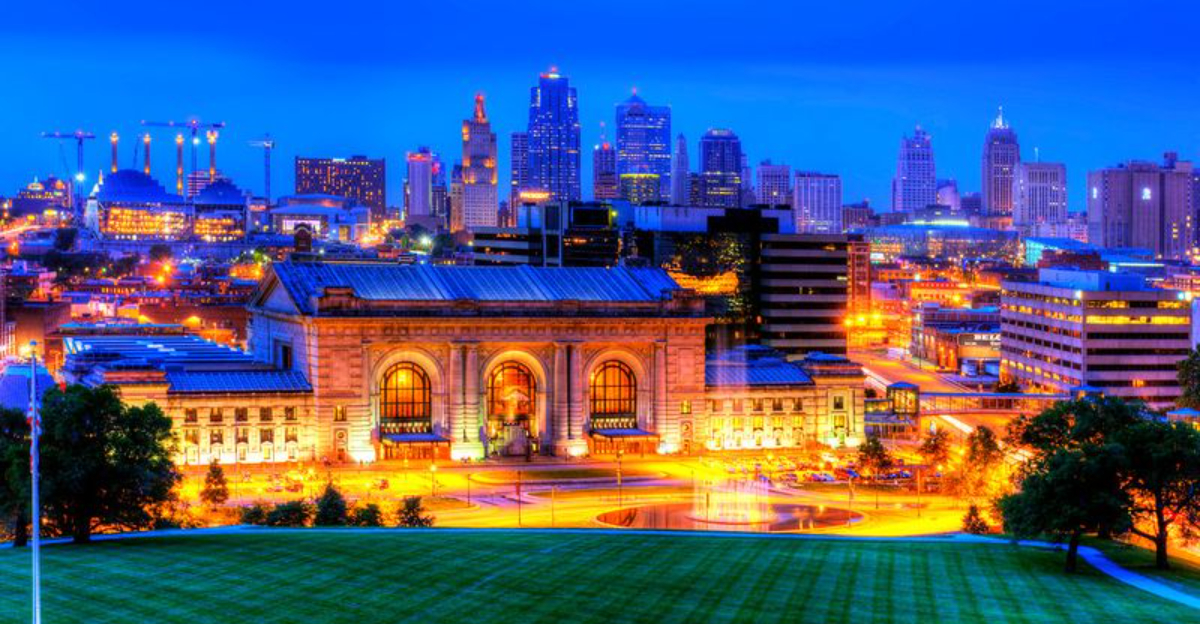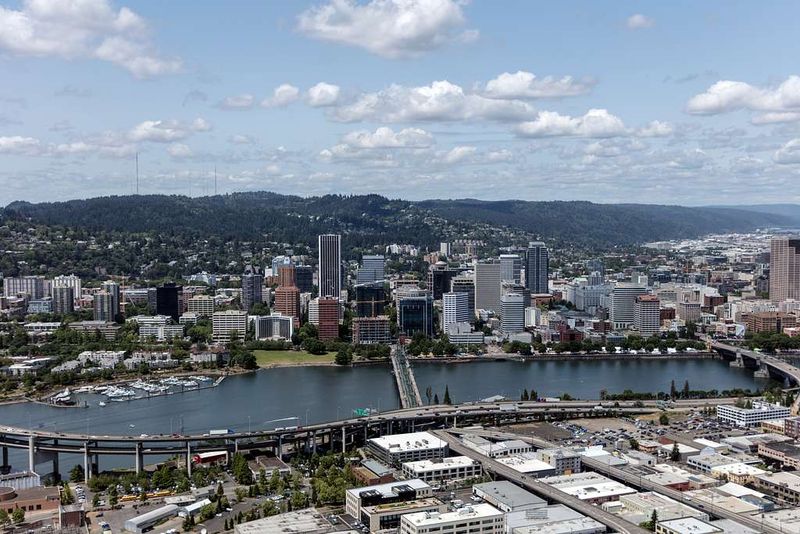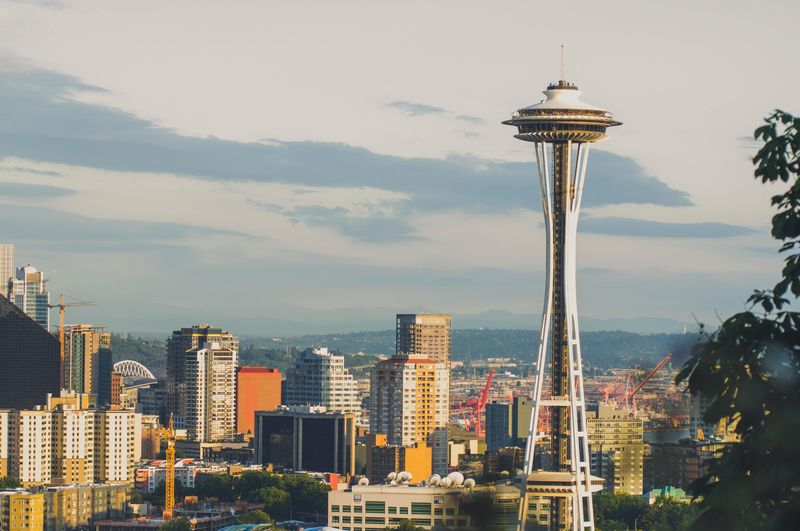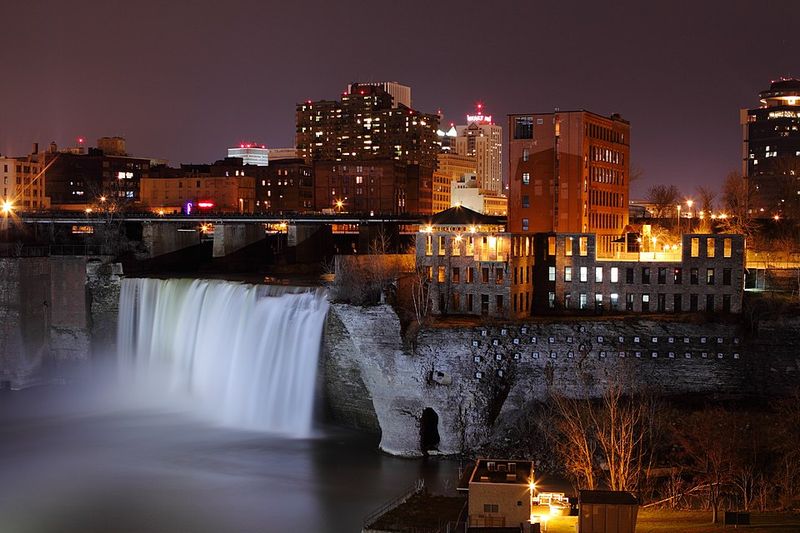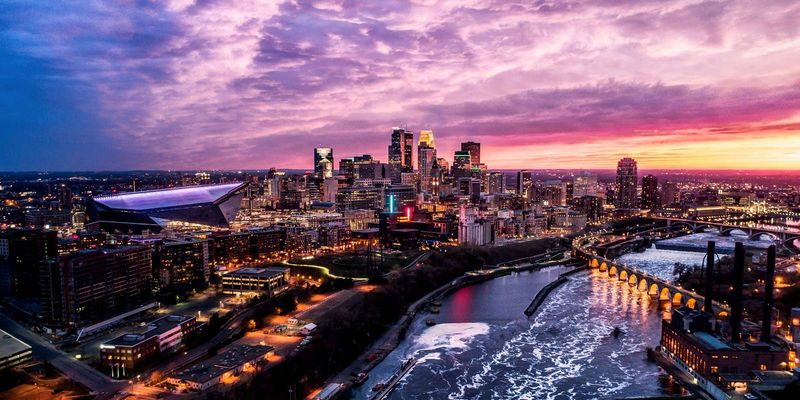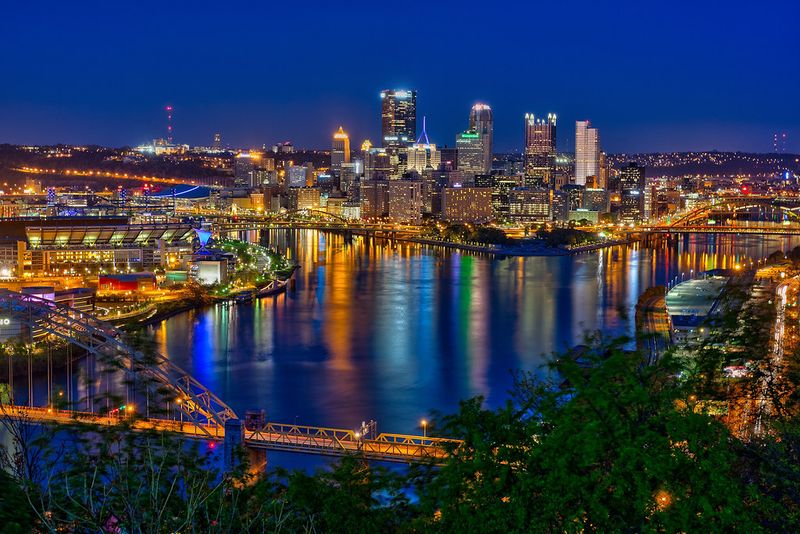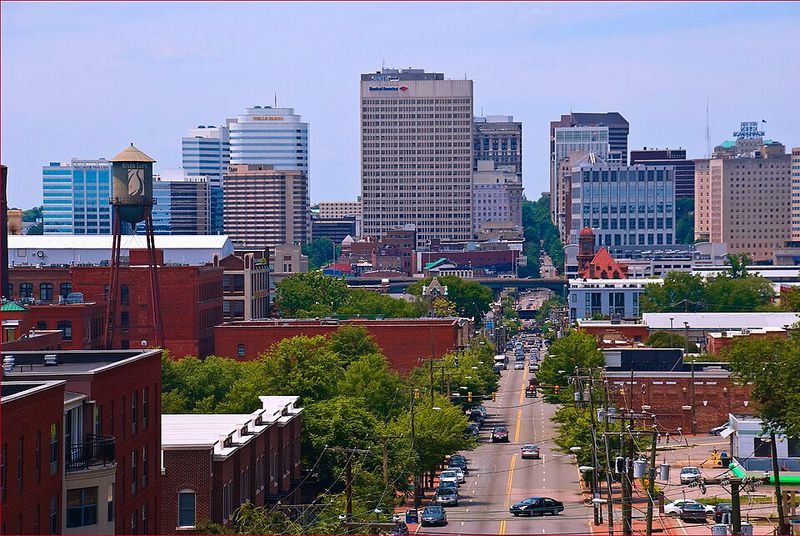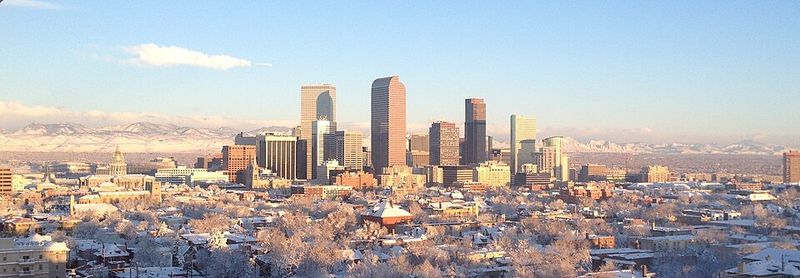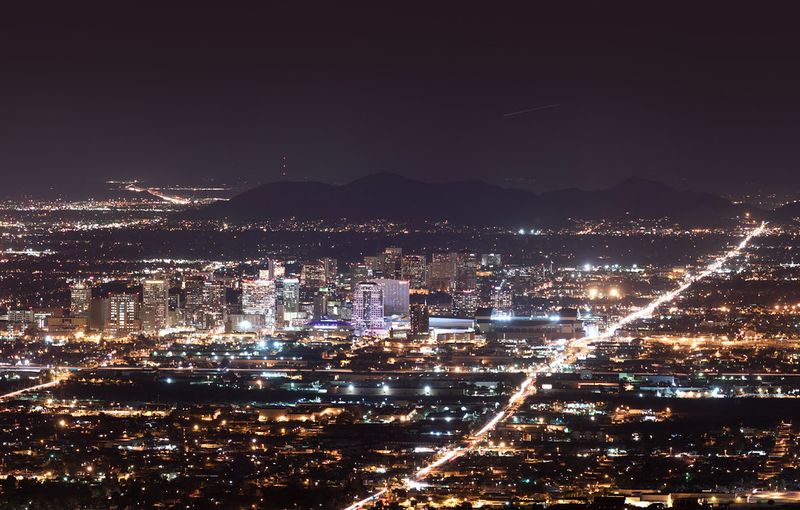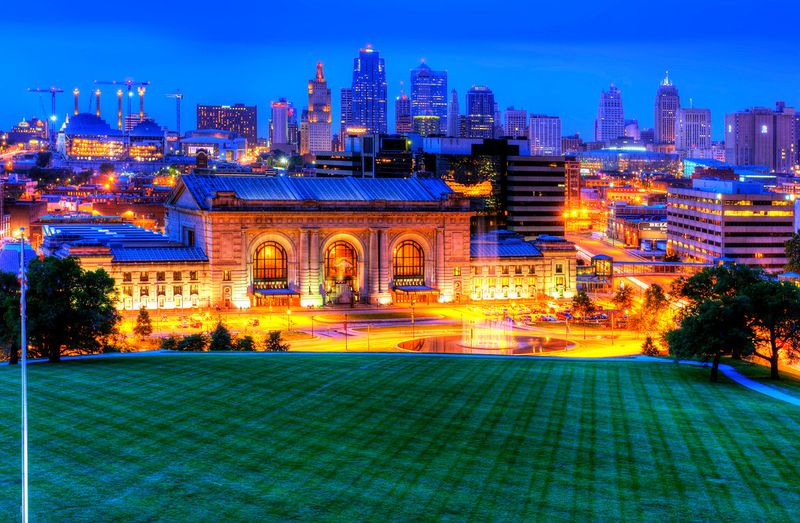When you travel, a clean city makes all the difference. Fresh air, tidy streets, and well-maintained parks create a better experience for everyone. Some American cities have worked hard to earn their reputation as the cleanest in the country, and they’re definitely worth a visit if you want to explore urban areas without dealing with smog, litter, or grime.
Portland, Oregon
Portland earned the highest grade of A+ in a major 2025 study that examined 35 large American cities. What sets this Pacific Northwest gem apart? Low litter rates, strong recycling programs, and excellent air and water quality combine to create an urban oasis.
Walking through Portland’s neighborhoods feels different than most big cities. You won’t find trash piling up on corners or graffiti covering every surface. Instead, clean sidewalks invite you to explore cafés, bookstores, and food trucks without visual clutter distracting you.
The city’s commitment to composting and waste management shows in every district. Public transit stays remarkably clean, and outdoor spaces maintain their natural beauty. Whether you’re visiting Powell’s Books or strolling through Washington Park, Portland’s cleanliness enhances every moment of your trip.
Seattle, Washington
Earning an A grade in cleanliness rankings, Seattle proves that a major tech hub can also prioritize environmental health. Abundant green space wraps around the city, while strict sanitation services keep neighborhoods looking fresh and inviting.
Air quality here impresses visitors, especially on those famous clear days when Mount Rainier appears on the horizon. Parks receive regular maintenance, and public transit systems stay surprisingly tidy for such a busy metro area. Sidewalks rarely suffer from persistent trash problems that plague other large cities.
Seattle’s waterfront areas showcase the city’s dedication to cleanliness. From Pike Place Market to the ferry terminals, you’ll notice a difference in how well public spaces are managed. The combination of natural beauty and urban care makes exploring Seattle a genuinely pleasant experience.
Rochester, New York
Rochester grabbed third place with an A- grade, proving that mid-sized cities can outperform their larger neighbors. Strong public infrastructure for waste and water systems creates a foundation for urban cleanliness that bigger metros often struggle to achieve.
Crowds stay manageable here, which means less strain on public services. Transit access remains easy, and you won’t battle the typical city grime that weighs down places like New York City. Streets stay relatively clear, and neighborhoods maintain a welcoming appearance.
For travelers seeking an authentic urban experience without the mess, Rochester delivers beautifully. The city’s size works in its favor—small enough to manage effectively, large enough to offer real city amenities. Historic districts and waterfront areas reflect Rochester’s commitment to keeping public spaces clean and accessible for everyone.
Minneapolis, Minnesota
With a B+ grade for cleanliness, Minneapolis also earned recognition from Newsweek for having some of the cleanest air among major metro areas. Lakes, trails, and extensive bike infrastructure create healthy breathing spaces throughout the city.
The park system here feels dense and well-maintained. You can walk or bike through neighborhoods and actually enjoy the fresh air instead of fighting through smog. Public spaces receive regular attention, keeping them inviting for residents and visitors alike.
Did you know Minneapolis has more parkland per capita than almost any other major U.S. city? This commitment to green space directly contributes to the city’s clean reputation. Whether you’re exploring the Chain of Lakes or downtown districts, Minneapolis offers comfortable, walkable neighborhoods where cleanliness enhances your entire experience.
Pittsburgh, Pennsylvania
Pittsburgh’s B grade tells a remarkable transformation story. Once known for heavy industry and pollution, the city has invested heavily in riverfront cleanup, district revitalization, and infrastructure upgrades that changed its entire character.
Today’s Pittsburgh offers fresh walking and bike paths along rivers that sparkle rather than stagnate. Urban scenery combines architectural history with nature in surprisingly well-maintained settings. The city proves that industrial pasts don’t determine environmental futures.
Travelers discover cleaner river views than they expected, with bridges and buildings creating dramatic backdrops against actually breathable air. Neighborhoods that once suffered from industrial grime now welcome visitors with tidy streets and maintained public spaces. Pittsburgh’s transformation makes it one of the most interesting clean-city success stories in America.
Richmond, Virginia
Richmond’s B grade stems from excellent waste management practices and carefully maintained public spaces. As Virginia’s capital, the city balances historic preservation with modern cleanliness standards that enhance rather than compete with its character.
Strolling through Richmond’s historic districts reveals fewer visible maintenance problems than similar cities. Parks stay clean and welcoming, while streets maintain a tidy appearance that respects the city’s heritage. Mid-sized regional charm combines with practical urban management.
The James River waterfront showcases Richmond’s environmental commitment. Public areas receive consistent attention, creating spaces where history and cleanliness coexist comfortably. For visitors wanting southern hospitality in a well-maintained urban setting, Richmond delivers exactly that experience. The city proves that historic doesn’t have to mean dirty or neglected.
Denver, Colorado
Denver’s B grade reflects environmental initiatives, public transit improvements, and relatively clean air for a major metro. The city serves as a launching point for mountain adventures, and its urban cleanliness matches its outdoor reputation.
You won’t battle heavy smog or trash-filled streets before heading to trail hikes. Denver maintains a clean baseline that makes the entire metro area more enjoyable. Public spaces stay well-managed, and the air quality often surprises visitors expecting typical big-city pollution.
The Mile High City benefits from its geographic position and environmental consciousness. Transit systems help reduce vehicle emissions, while city services keep neighborhoods looking sharp. For travelers, Denver offers that rare combination of urban amenities and outdoor access without sacrificing cleanliness in either environment. Mountain views stay crisp and clear.
Phoenix, Arizona
Phoenix appears at the lower end of this ranking with a B grade but still made the top clean-city list. Desert cities face unique environmental challenges, yet Phoenix offers wide-open spaces and cleaner urban blocks compared to many humid-climate metros.
Newer infrastructure helps Phoenix avoid some maintenance burdens that plague older cities. Streets stay relatively clear, and the desert climate actually works in the city’s favor for certain cleanliness factors. Dry air means less mold, mildew, and certain types of decay.
Early morning walks before intense heat builds up reveal crisp skies and manageable sidewalks. The sprawling layout means less concentrated grime than compact urban centers experience. While summer temperatures soar, the city’s cleanliness remains consistent. Phoenix proves that desert environments can support clean, livable urban spaces when properly managed.
Kansas City, Missouri
Kansas City rounds out the list with a B- grade, showing real improvement in litter control, waste programs, and air quality metrics. The city combines major urban energy with less congestion and grime than coastal metros of similar size.
Visitors can explore barbecue joints, jazz clubs, and fountains without wading through trash or breathing heavy smog. Public services maintain streets and parks at levels that enhance rather than detract from the Kansas City experience. The metro area stays surprisingly clean for its size.
Known as the City of Fountains, Kansas City maintains these water features alongside its other public spaces. Clean-city status signals that Midwest metros can compete with coastal cities in livability factors. For travelers seeking authentic urban experiences minus typical big-city grime, Kansas City offers exactly that balance at a comfortable scale.
